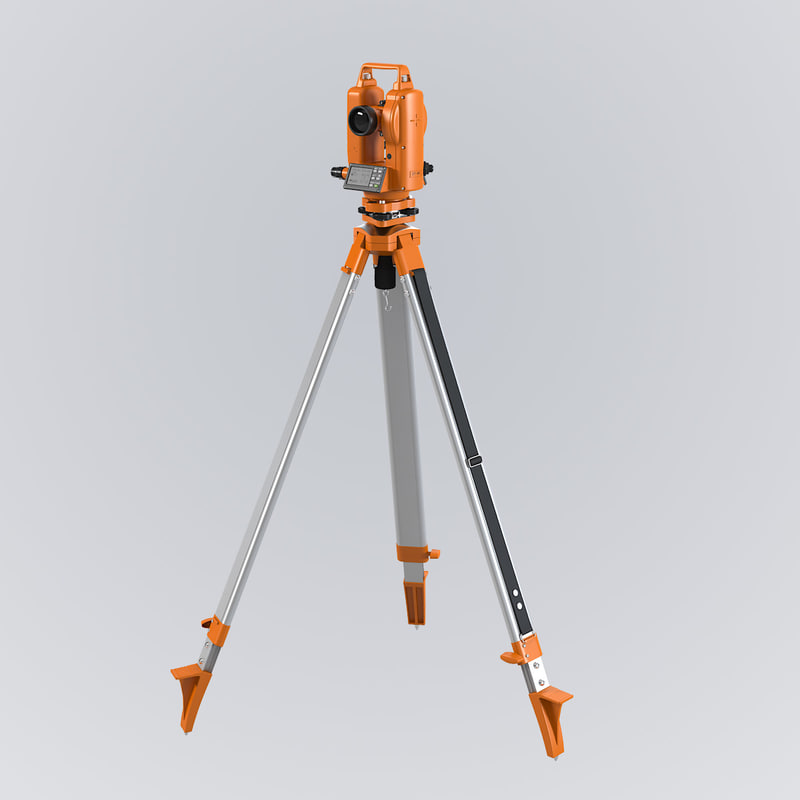MUMBAI: Nashik of the 1970s wasn’t the energetic city which you may have visited in recent years. It was a bucolic backwater to which retirees from Bombay’s (it was Bombay back then) Parsi and Bohri communities would gravitate. The pervasive pastoral stillness would be punctuated, infrequently, by the ponderous report of field guns from the Regiment of Artillery, still headquartered there, or the whiplash crack of the MiG-21s, test flying from the HAL Ozar plant, as they broke the sound barrier.
A schoolboy, this schoolboy, in such a town had little fodder to satiate his keen appetite for the novel and interesting. What you, growing up in Delhi, Bombay or Bangalore, would have shrugged off with a dismissive wave, was a source of wonder and delight for him.
Every once in a while, there would be a clutch of no more than three or four people walking purposefully along one of the main thoroughfares, one of them bearing a sturdy wooden tripod, topped off with rather elaborate apparatus. They would stop; the tripod unfolded and placed carefully, with a bloke checking a spirit level for the horizontal; caps taken off a little telescope which was the business end of the wondrous thing; and even as one of the team members scurried off into the distance with a pennant, the senior chap would begin to peer intently through the eyepiece of the telescope and start recording – I had no idea what – in his little notebook.
If you still haven’t figured out what I allude to, it’s called a theodolite. Used by surveyors for creating detailed maps over large areas. In effect, the theodolite is really an instrument to measure length, which in this special case should correctly be labelled distance.

Even as these wonders unfolded in the wide open spaces, our science teacher was instructing us about the centrality of measurement in the Physics lab. We were introduced to the metric and imperial systems and got a chance to use various instruments which enabled precise measurements, even of really small units. While everyone had a pocket ruler marked off in millimetres, any smaller length or width was beyond its abilities. The micrometre screw gauge was a near miraculous tool for a schoolboy. Who would have thought that one could measure the thickness of a sheet of paper? Or aluminium foil? And there it was, doing exactly that.
I had learned, that quiet morning in a Deolali laboratory, that it was as important to measure the minuscule as it was to measure the colossal. A theodolite could measure the height of Mt Everest but it would be of little use if the task was to measure the diameter of a needle or a shirt length from a bolt of fine cotton. That measurement was not a one-size-fits-all activity.
Sadly, four decades later, we are attempting to use a metre rule to measure a hair’s breadth.
The BARC audience measurement system is designed to measure “What India Watches.” In an accurate analogy, the task involves measuring both the gargantuan (top Hindi entertainment channel with 1.3 billion impressions) and the minuscule (English news channel with 600,000 impressions). If the English news channel was the thickness of a typical sheet of paper, the Hindi entertainment channel would be thicker than four reams of 500 sheets each. Indeed, the entire English news genre with 2.7 million impressions would amount to just over four sheets, against over 2,000 for the single Hindi entertainment channel.
You should be able to see, now, that BARC’s measurement is already able to span the range of measurements from a virtual micrometre gauge to a virtual metre rule. People who complain that BARC is unequal to its assigned task should know that this is quite unlike anything that similar systems in other jurisdictions are designed to do.
Consider a tiny market like Serbia, population seven million, which Nielsen Audience Measurement (Serbia) tracks with 880 metered homes. For comparison, Hyderabad, India’s fourth most populous urban agglomeration, is about seven million too. Serbia has 120 metered homes per million population. At a similar metering density, BARC would have to metre over 56,000 metered homes only for urban India (population 471 million).
Unfortunately, this would not be terribly helpful. Here’s why. Indians currently watch about 250 minutes of TV per day, with a standard deviation of 15 minutes. The standard error of this number, at 160,000 respondents in the panel, is two seconds. If the sample was to double, this would shrink to 1.7 seconds.
The non-intuitive thing about statistical sampling is this. A doubling of the sample, from its current level, would yield a mere 15 per cent improvement in accuracy. On a number which is already incredibly accurate.
Ask yourself. Are you a citizen of 185 Serbias? Or ONE INDIA?
The author is principal at Provocateur Advisory. The opinions expressed here are his own and Indiantelevision.com may not subscribe to them.






